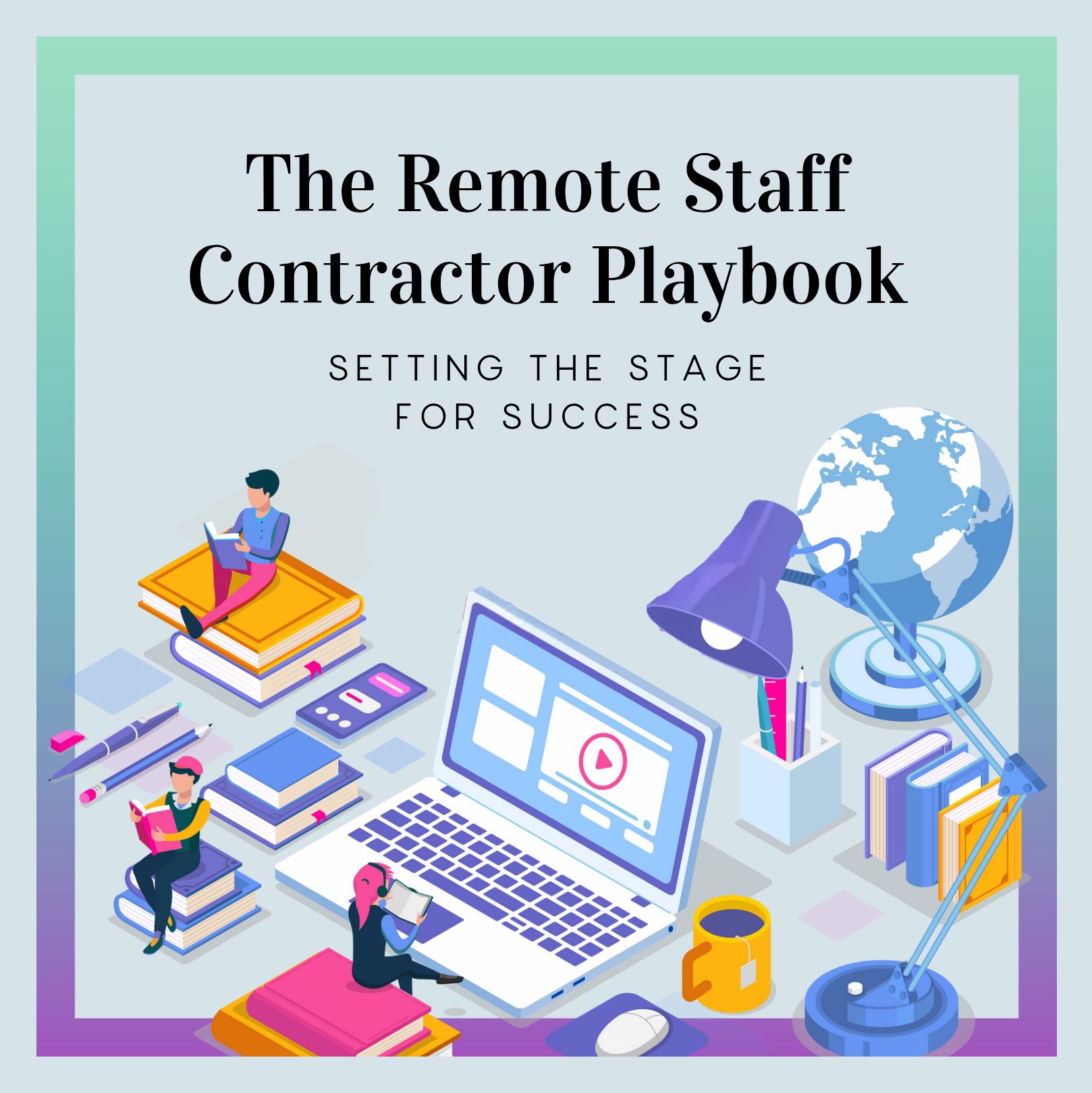Welcome to the Remote Staff Contractor Playbook! Your journey to success with Remote Staff starts here. This Playbook is designed to equip you with everything you need to succeed as... read more →
This content is password protected. To view it please enter your password below: Password:
This content is password protected. To view it please enter your password below: Password:
This content is password protected. To view it please enter your password below: Password:
This content is password protected. To view it please enter your password below: Password:



